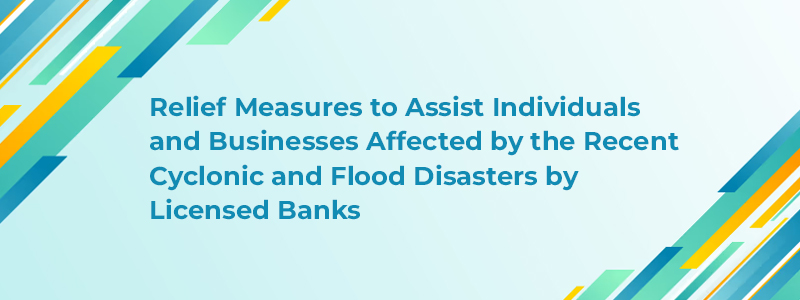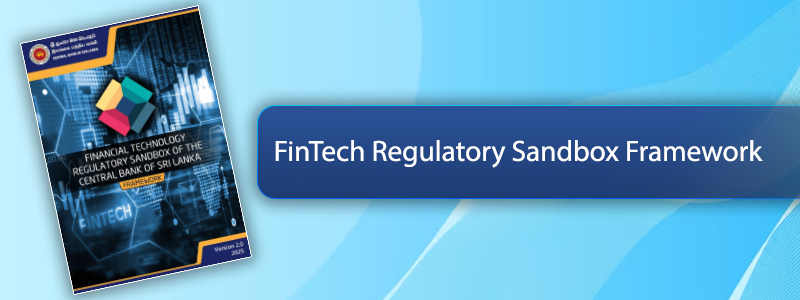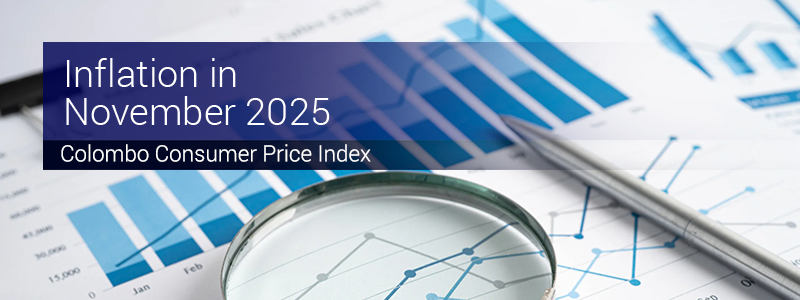The “Economic and Social Statistics of Sri Lanka – 2020” an annual publication of the Central Bank of Sri Lanka, is now available for public access.
Marking the 70th Anniversary of CBSL, this year, Statistics Department restructured the layout of the publication for ease of reference, while adding more statistics to enrich its content. Accordingly, the new version consists of statistical tables categorised under eight major areas, i.e. ‘National Accounts’, ‘Economic and Social Infrastructure’, ‘Prices, Wages and Employment’, ‘External Trade and Finance’, ‘Government Finance’, ‘Money and Capital Markets’, ‘Financial Sector’ and statistics of other countries.
The publication is available in both printed and web versions and will be a useful collection of information for anyone who is interested in socio-economic statistics.

















